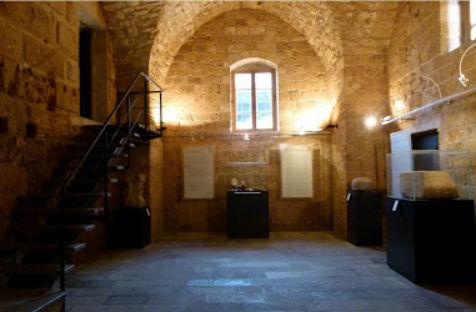A nighttime raid on the Jbeil archaeology museum in Lebanon has resulted in the thievery of 30 small artifacts according to a report by The Daily Star.
Culture Minister Gaby Layoun told press that the artifacs were stolen overnight and were small enough to be easily transported out of the Jbeil museum. Layoun also noted that the stolen artifacts held significant material, historical and emotional value and expressed hope that the items will be recovered and returned to the museum.





